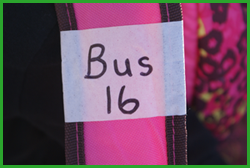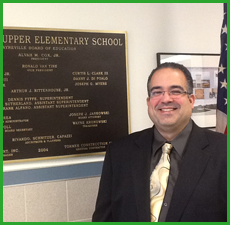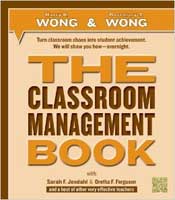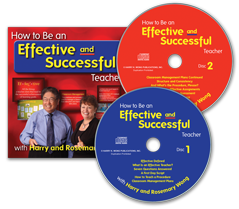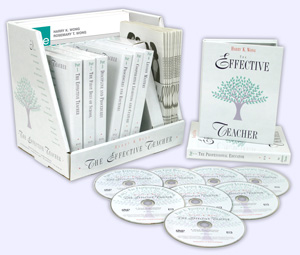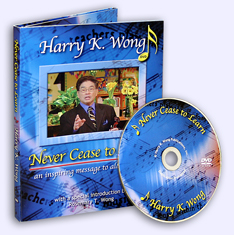|
 |

Special to the Gazette
March 2013
Totally Inexcusable

Tiffany’s death was totally inexcusable. Nothing was in place to create a safe environment for the children. There were no dismissal or bus procedures. This heartbreaking loss demonstrates the need to have strict safety rules and school procedures when transporting children in school buses. A death such as Tiffany's was clearly preventable. There are three questions echoing in our minds:
Realizing that something had to be done so this tragedy could never happen again, the school came up with a plan. What did the school do? They cut down the tree. 10 Minutes to Load 19 Buses Effective schools have constancy in how classes are dismissed and there is constancy in how the school is dismissed. Constancy creates a Culture of Consistency. At Grand Heights Early Childhood Center in Artesia, New Mexico, where Lisa Robinson is the principal, it takes only ten minutes for all 400 kindergarten students to either be picked up or be placed on a bus after school. Their system? They say it’s all about procedures and routines.
This procedure takes the staff working in cooperation to make it run smoothly, but it is a quick, safe, orderly dismissal that takes just ten minutes. What a wonderful way to finish each day! 10 Minutes to Safely Dismiss 1,000 Students Ed Aguiles is now the director of curriculum and instruction in the Sayreville Public Schools in New Jersey. When he was principal of Samsel Upper Elementary School in Sayreville, he taught his teachers how to structure the first day of school. On the first day of school, Ed restructured the day’s schedule to allow each teacher more time to present and teach their first day classroom management plan. Teachers rehearsed the proper procedure for walking in the hallway from class to class. They practiced entering and exiting the cafeteria before lunch was even served. They practiced asking to visit the nurse, the office, the guidance counselor, the media center, and the library. In class they practiced handing in papers, sharpening pencils, hanging up and putting away their materials, completing their opening assignment (bell ringer or Do Now), handing in homework, and working in centers. The students practiced, practiced, and practiced until the do had become a done. At the end of the day, the students were dismissed 30 minutes early and they gathered in the gymnasium where Ed and the vice-principal, Mrs. Brady, taught, rehearsed, and reinforced the after school procedures. Ed and Mrs. Brady worked with the teachers to make certain students who were bus riders knew where to line up, which bus to get on, and what to do if they were unsure of which bus to get on. They also practiced with the teachers how to account for each child prior to getting on the bus, which was not done at Phoenix Multi-Cultural Academy in Detroit. To help the teachers, Ed and Mrs. Brady explained to the students what was expected of them and what they needed to do when a teacher asked for something from them. They practiced sitting quietly and waiting for the bus so that they could hear the buses being called and there could be communication via walkie-talkie if there was an issue. By the end of the first day of school, 1,000 students knew
How did Samsel Upper Elementary School get 1,000 students safely on their way home in 10 minutes? Procedures, procedures, procedures.
The students who did not ride home on the bus had their own procedures to follow. Parent pick-up (walkers) were dismissed first to get cars out of the parking lot as quickly as possible before students started getting on buses.
With between 975 and 984 fourth and fifth grade students depending upon the year, there could be anywhere from 20 to 22 buses at dismissal. The procedures allowed the school to dismiss students in a safe, organized, and happy way. They could dismiss just under 1,000 students safely and without incident in ten to fifteen minutes—everyday—consistently. Ed’s Advice
Procedures and Routines Success for me, has always been about procedures and routines. In my fifteen years in education I have been a teacher, a guidance counselor, a vice principal, a principal, and now a director of curriculum and instruction.
The principal that replaced Ed commented on how everyone knew the school procedures and, as such, had a wonderful opening day. The procedures and routines were well established, well practiced, and deep-rooted into building a culture of consistency which helped the new principal thrive. At Samsel Upper Elementary School, the teaching of the curricula begins on the third day of school, effectively, because the students know the expectations of the building and the teacher. The students are successful because they have procedures and routines for which to be responsible. By the time they leave the school, the students are ready for the responsibilities of the middle school because they have developed the practices, procedures, and routines they need to be successful students. More so, as Ed kindly offered when he was principal of the school, “Come and visit our school, unannounced, and you will see almost 1000 of the happiest teachers and students in the world.” The Procedures Misconception Through the years, procedures have been characterized are rigid, regulatory boundaries set by people who want to control a situation. Translated into the classroom or school, this means structure and little freedom. On the contrary, procedures are a process, a practice, for getting something accomplished in the most effective manner possible. Typically for a school or classroom, procedures set up a safe and caring environment that creates a culture of consistency. This consistency puts everyone on the same page for knowing how things get accomplished—with no surprises. Procedures create found time as classrooms and schools run even without adults present because everyone just knows what to do. Procedures give teachers the time to teach—as creatively as they wish. Creativity is not defined by the operational tasks in a classroom, like how students exchange work, or how they enter the classroom. Procedures define these activities to get them done as quickly and as smoothly as possible so as not to take away from the instructional time in the classroom—so you can experience the freedom to teach as creatively as you wish. Procedures create a culture of consistency. Schools and classrooms with a culture of consistency have an unmistakable aura about them. You know it and feel it the moment you are in their space. At Grand Heights Early Childhood Center and Samsel Upper Elementary School, the consistency established sends a strong message to the parents, the children, and the community. The school is a safe and nurturing environment. There are procedures in place to take children into the school and deliver them back home safely and accounted for every day. Cutting down trees is not a solution to a problem. The tree will grow again and the problem will return. So look at your classroom and your school. Do you operate with a chain saw or do you have procedures in place so children can enjoy the shade of the mighty tree? Remember sweet Tiffany as you look at the trees around your school. Imagine the area stripped of the trees—to protect the children. And now, look at the same area with the school yard full of trees with happy, exuberant children romping in their shade. You can have the best of both worlds—trees and happy, alive children—with procedures.
|
|||||||||||||||
|
